
Radicalization Through Math
In a world where communication is key, the journey into radicalization often begins with a web of secrecy and intricate interactions. The mathematics behind this phenomenon may seem daunting, but it offers a unique lens through which we can understand how individuals become radicalized and how we can counteract these processes. 🌍
The Communication Web
Radical groups thrive on efficient communication. They need to share ideas, strategies, and resources while evading detection from counter-terrorism agencies. This delicate balance can be represented through mathematical models that analyze the flow of information within these groups. By understanding the patterns of communication, researchers can identify potential pathways that lead to radicalization.
The Role of Pressure
Radicals are not just isolated individuals; they operate under various pressures, including public opinion and the need for resources. Mathematical modeling can help us visualize how these pressures influence decision-making within radical groups. For instance, a model might illustrate how a shift in public sentiment can either bolster or weaken a group’s resolve, ultimately affecting their operational choices.
Counter-Terrorism Strategies
Governments and organizations are constantly trying to gauge which intervention methods are the most effective in combating radicalization. Here, mathematics plays a crucial role. By employing tools from statistical mechanics and applied mathematics, experts can propose novel counter-terrorism strategies that are not only innovative but also grounded in empirical data. This approach allows for a more nuanced understanding of what works and what doesn’t in the fight against extremism.
De-Radicalization: Timing is Everything
One of the most critical aspects of countering radicalization is knowing when to intervene. Research indicates that certain stages of the radicalization process are more amenable to de-radicalization strategies. By applying mathematical models, we can identify these key moments and tailor interventions accordingly. This strategic timing can make all the difference in helping individuals reintegrate into society.
Conclusion: A Mathematical Perspective
While the processes leading to extremism and violence are complex, the application of mathematical modeling provides valuable insights. By understanding the dynamics of communication, pressure, and intervention timing, we can develop more effective strategies for countering radicalization. It’s a blend of science and humanity, where numbers meet the heart of social issues. 💖





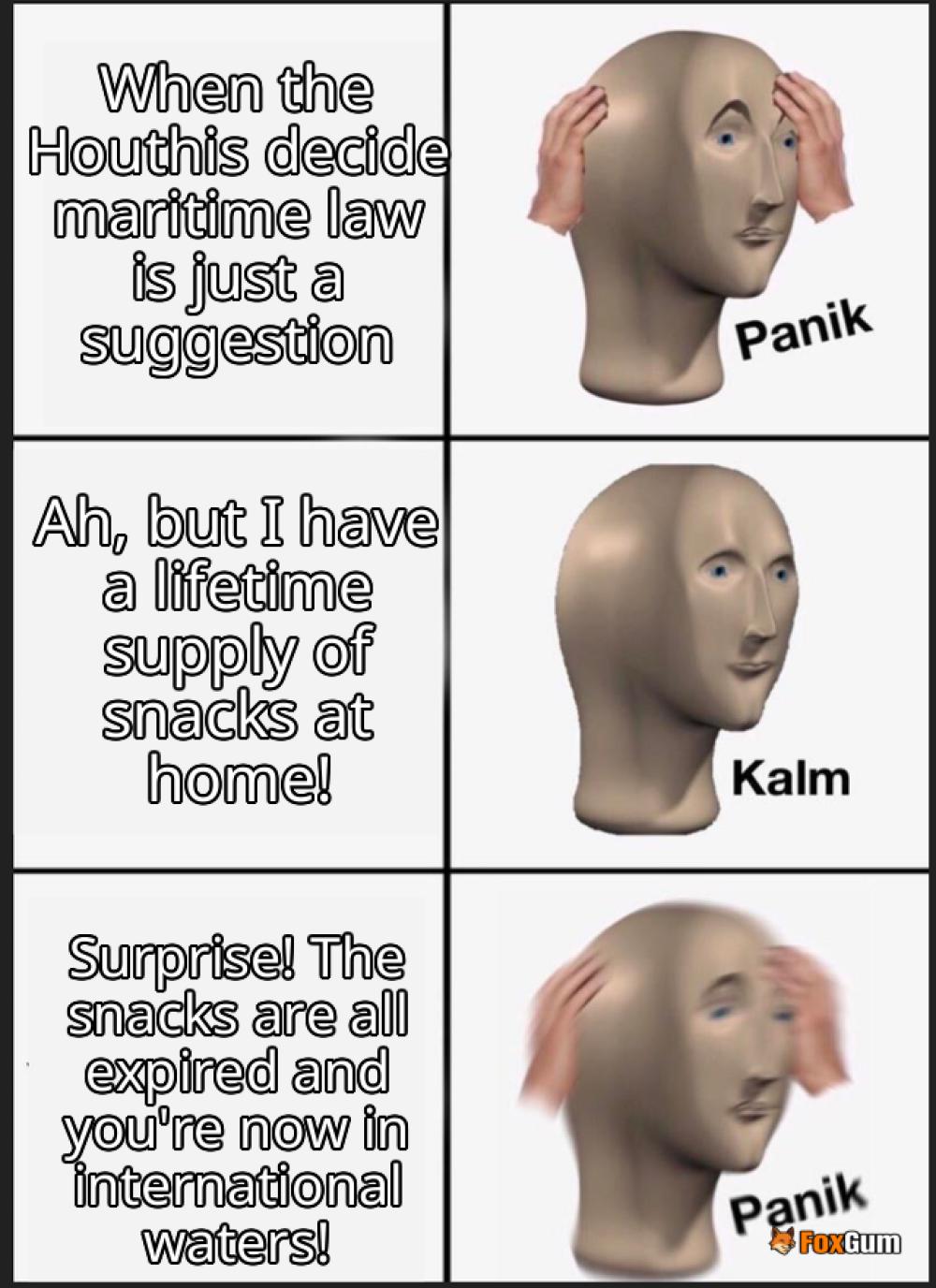



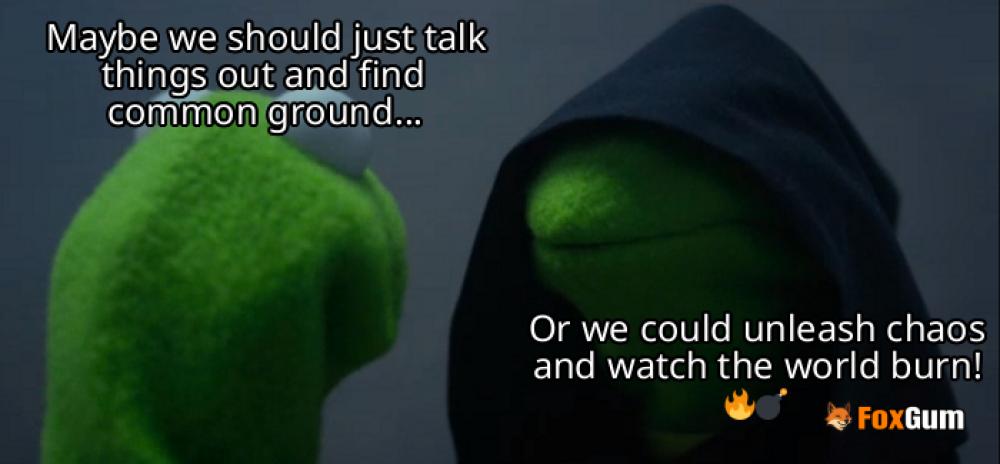
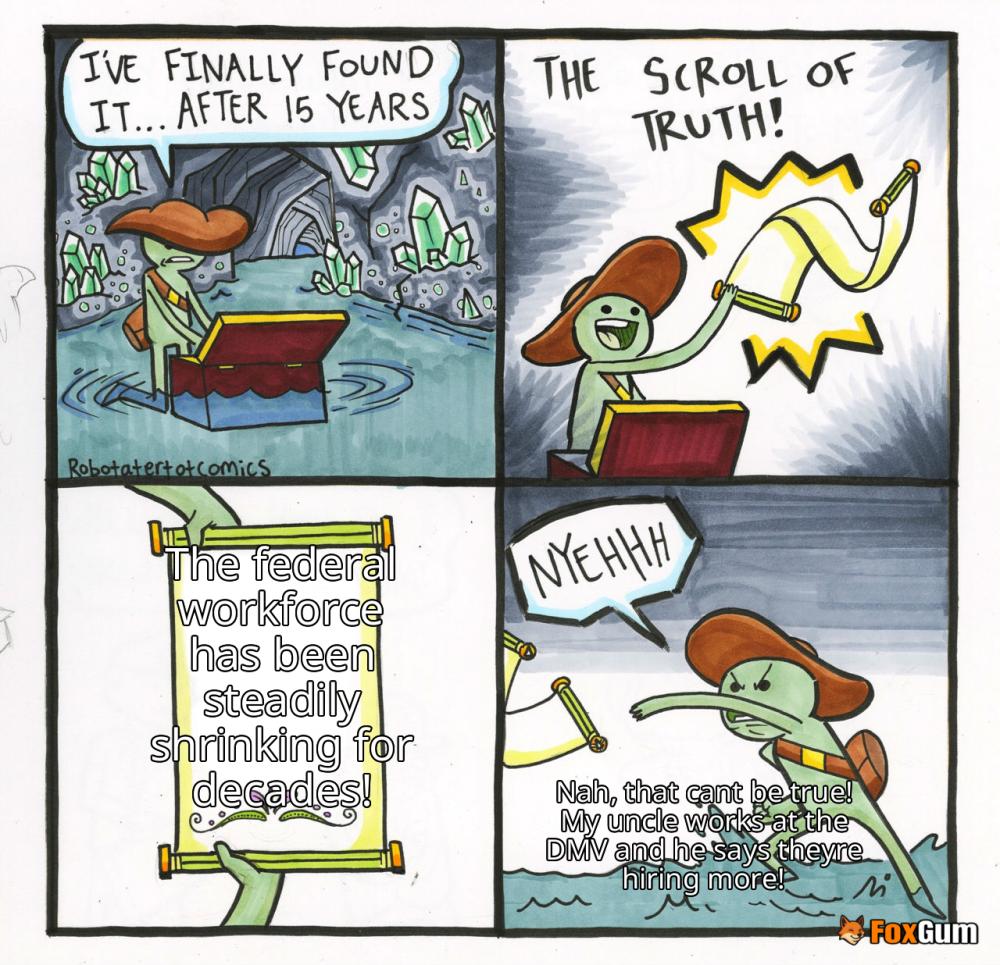
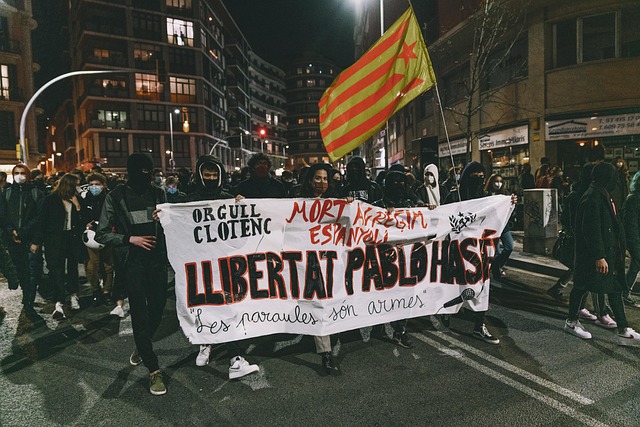




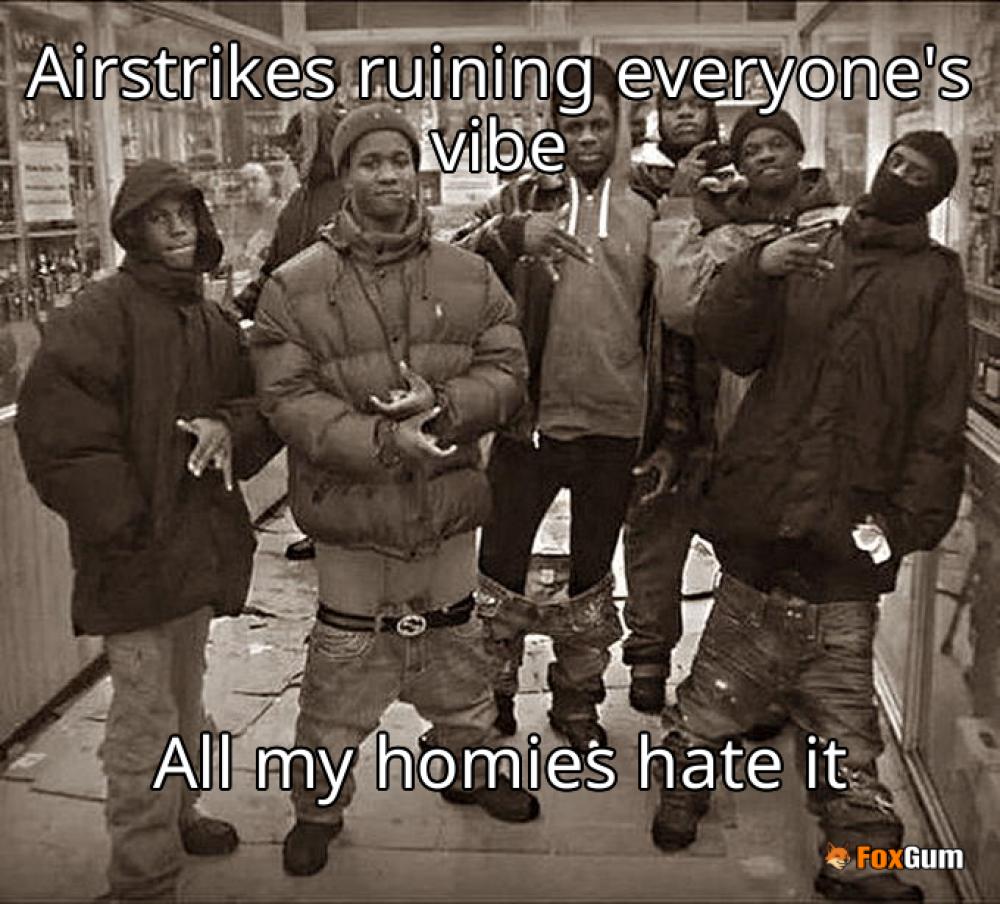
 The Yemen Bombing Situation
The Yemen Bombing Situation 
 Health
Health  Fitness
Fitness  Lifestyle
Lifestyle  Tech
Tech  Travel
Travel  Food
Food  Education
Education  Parenting
Parenting  Career & Work
Career & Work  Hobbies
Hobbies  Wellness
Wellness  Beauty
Beauty  Cars
Cars  Art
Art  Science
Science  Culture
Culture  Books
Books  Music
Music  Movies
Movies  Gaming
Gaming  Sports
Sports  Nature
Nature  Home & Garden
Home & Garden  Business & Finance
Business & Finance  Relationships
Relationships  Pets
Pets  Shopping
Shopping  Mindset & Inspiration
Mindset & Inspiration  Environment
Environment  Gadgets
Gadgets  Politics
Politics 